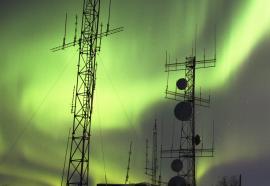CEO Forum: Facing the Future
Three CEOs, three business models, one shared outlook.
Cheap gas, regulatory uncertainties, and a technology revolution are re-making the U.S. utility industry. Top executives at three very different companies—CMS, NRG, and the Midwest ISO—share their outlook on the industry’s transformative changes.








